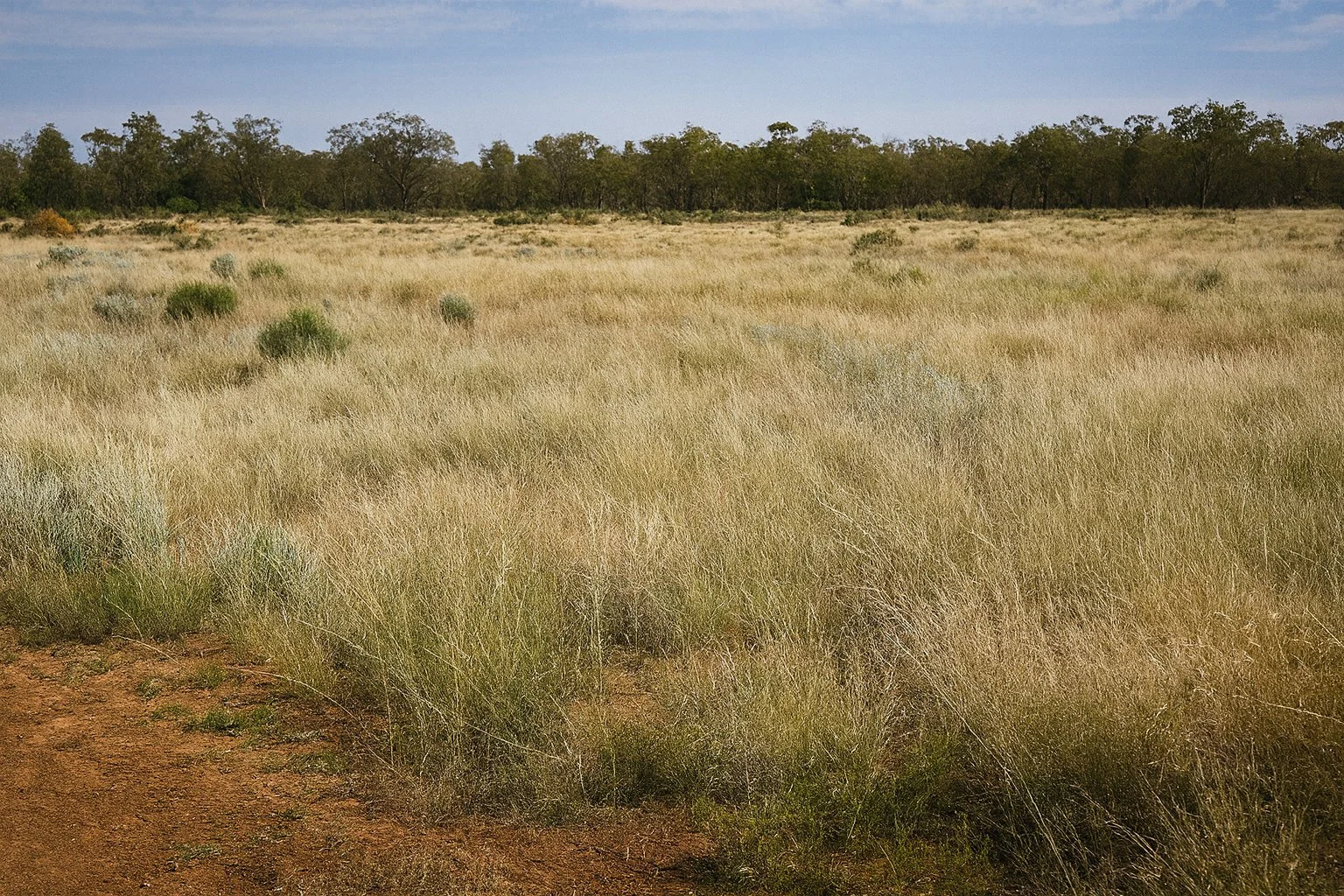
The Cobar Biocoke Project
PROJECT OVERVIEW
Following a century of unsustainable land management practices, the Cobar Peneplain of Western NSW has become heavily infested with woody weeds known as ‘Invasive Native Scrub’ (INS).
As the image above shows, once INS has outcompeted the native pasture, soil cover becomes non-existent, creating erosion risk and materially reducing biodiversity. Under the NSW Land Management Code, INS is typically burned¹.
¹https://www.lls.nsw.gov.au/__data/assets/pdf_file/0007/685222/managing-invasive-native-scrub.pdf
Environmental rehabilitation of INS-infested areas across Australia produce vast quantities of biomass which is either burned or left to rot. Wundowie’s Cobar Biocoke Project will use part of that biomass resource to produce biocoke, every tonne of which will keep 1.4t of fossil carbon and up to 25kg of methane in the ground.
Horse and sheep in Native Grassland (ca. 1950): Image taken by local landowner Noel McDarra at Meryula Station Cobar, showing the natural state of the Cobar Peneplain pre-INS encroachment.
Source: A Vegetation Management Plan for Areas Invaded by Native Trees and Shrubs in the Cobar Peneplain (2006)
Image clarity enhanced using AI. For original image see source document.
INS encroachment (1993): An image of the same area as the image opposite, also taken by local landowner Noel McDarra, showing the environmental degradation and biodiversity loss as a result of INS proliferation.
Source: A Vegetation Management Plan for Areas Invaded by Native Trees and Shrubs in the Cobar Peneplain (2006)
Image clarity enhanced using AI. For original image see source document.
Cobar Rehabilitation (ca. 2008): An image showing the same Cobar area as the images above, rehabilitated to native pastures through the successful treatment of INS.
Source: A Vegetation Management Plan for Areas Invaded by Native Trees and Shrubs in the Cobar Peneplain (2006)
Image clarity enhanced using AI. For original image see source document.
Once rehabilitated to a mosaic of native pastures with open woodlands in line with pre-European settlement, the CSIRO has found that such activity results in increased biodiversity amongst bird populations and NSW Local Land Services has noted that pasture productivity typically improves by 300%²
²The Delicate and Noxious Scrub: CSIRO Studies on Native Tree and Shrub Proliferation in the Semi-Arid Woodlands of Eastern Australia (JC Noble)




